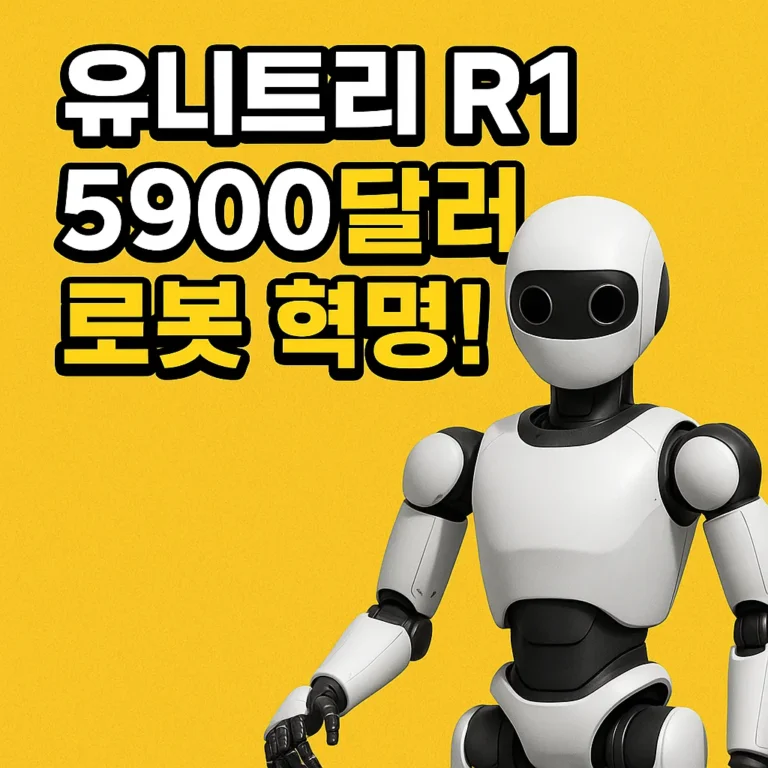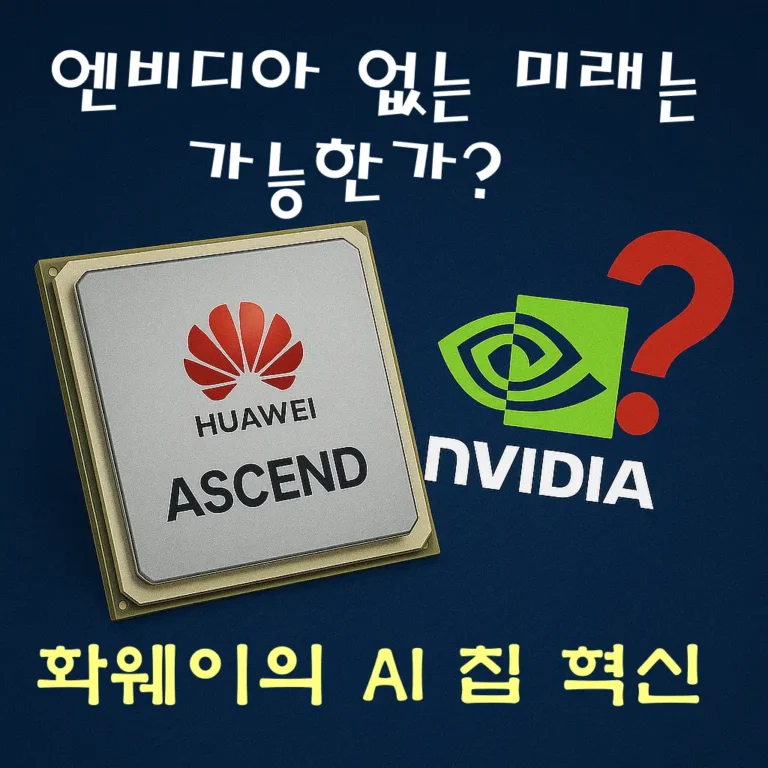The AI Operating System(AI OS) Wars: Rabbit, Perplexity, and the Next Interface Revolution
A seismic shift is underway in how we interact with technology. After decades of tapping on apps and typing into search bars, we are entering a new era—one where AI-powered operating systems (AI OS) are replacing traditional user interfaces with conversational, context-aware, app-less experiences.
Why the AI OS Revolution Matters Now
Leading the charge are Rabbit R1, a compact AI device with task-executing intelligence, and Perplexity AI, an AI-native knowledge engine reshaping how we search and learn. These platforms, along with emerging competitors like the Humane AI Pin and ChatGPT Voice, are not just tools—they’re the foundation for a new class of operating systems designed to think, reason, and act on behalf of their users.
In this blog, we’ll explore the front lines of this technological revolution:
- Who are the key players and how do their systems work?
- What makes an AI OS fundamentally different from existing platforms?
- And most importantly—who stands to dominate the next generation of digital interaction?
This is more than a product comparison. It’s a battle to control the next interface layer of human-computer interaction—and it’s happening now.

1. The Players: Rabbit R1, Perplexity, and Others on the Front Line
The race to dominate the AI OS market has just begun, but some early leaders have already made waves:
🔸 Rabbit R1: A Handheld AI Assistant Built for Speed
Launched in early 2025, Rabbit R1 is a compact, bright-orange device powered by a custom operating system and large language models. It uses natural language commands to execute actions like ordering food, playing music, sending messages, or planning a trip.
What sets it apart is “Large Action Model” (LAM) architecture, designed to learn how to control other apps and systems on your behalf.
- Key Appeal: Physical device with a scroll wheel and camera.
- Target Audience: Tech-forward users who want an app-less, portable AI helper.
- SEO Tip: Keywords – Rabbit R1 review, AI assistant device, LAM AI model
🔸 Perplexity AI: The AI Research Engine Evolving into an OS
Perplexity started as an AI search engine but is rapidly evolving into a personal knowledge assistant OS. With Pro versions and API integrations, it’s becoming a central interface for research, document generation, summarization, and decision support.
- Key Appeal: Deep, source-based answers with transparency.
- Target Audience: Researchers, knowledge workers, students, and executives.
- SEO Tip: Keywords – Perplexity AI Pro, AI search alternative, AI-powered research tool
🔸 Others to Watch: Humane AI Pin, ChatGPT Voice, Rewind AI
- Humane AI Pin: A wearable that projects your AI assistant onto any surface.
- ChatGPT Voice: A voice-based assistant integrated into mobile apps and web.
- Rewind AI: Focused on memory and recall, logging everything you do for contextual intelligence.
AI OS Showdown: Rabbit R1 vs. Humane AI Pin
| Feature | Rabbit R1 | Humane AI Pin |
|---|---|---|
| Design | Bold, compact, rotary dial + display | Minimalist, wearable pin with gesture/camera input |
| Interaction Style | Voice + tactile (scroll wheel) | Voice + touch + projection |
| Core Functionality | Executes complex tasks (e.g. booking, ordering) | Projects visual UI, answers queries, summarizes data |
| Connectivity | Wi-Fi + Bluetooth, companion app | Cellular + Wi-Fi (independent from phone) |
| AI System | Built on Large Action Model (LAM) | Uses OpenAI + proprietary integration layer |
| App Ecosystem | App-less, task-based interaction | App-less, relies on cloud-based services |
| Battery Life | Up to a day (claimed) | Varies—depends on projection usage |
| Target Use Case | Hands-free, everyday assistant for discrete actions | Ambient assistant for constant presence and updates |
| Price | ~$199 | ~$699 + subscription |
| Form Factor Focus | Gadget-like, hand-held | Fashion-integrated, wearable |
2. What Makes an AI Operating System? Key Features Explained
What exactly defines an AI OS, and how is it different from Siri, Alexa, or Google Assistant? The answer lies in depth, flexibility, and autonomy. Here are the key defining traits of the emerging AI Operating System:
🔹 Natural Language as the Primary Interface
AI OS platforms are designed to interact primarily through voice or text, minimizing the need for screens, taps, or menus. The goal is to understand intent and deliver action, not just answers.
🔹 App-Less, Agent-Driven Workflows
Unlike traditional OSs, where users juggle multiple apps, AI OS platforms are task-centric. You describe what you need, and the assistant figures out how to do it—automating app interactions behind the scenes.
Example: “Book a table for four at an Italian restaurant near me at 7 PM.”
The AI doesn’t just search—it books it, confirms, and updates your calendar.
🔹 Contextual and Continuous Intelligence
Modern AI OSs maintain ongoing awareness of your behavior, preferences, and recent tasks—just like a human assistant would. They adapt based on time, location, past commands, and user feedback.
- If you ask, “Remind me to call Sarah when I get home,” your AI OS knows when you’re home—and triggers the reminder.
- If you always book travel with Delta and prefer aisle seats, it adjusts bookings accordingly.
🔹 Multimodal Input and Output
AI OSs process text, voice, image, and even gesture or visual input. Rabbit’s camera and Perplexity’s citation-based results are examples of this growing trend.
3. How AI OS Will Replace Traditional Apps and Search
The way we interact with technology is undergoing a major transformation. Traditional apps and web-based search engines are giving way to natural language-driven, app-less experiences powered by AI Operating Systems. Here’s how this shift is playing out:
🔹 From Searching to Asking
Users no longer need to open a browser, type in keywords, and sift through results. Instead, they ask their AI OS—“Find the cheapest flight to Tokyo next month” or “Summarize this PDF report”—and get a personalized, action-ready answer.
Perplexity, for example, pulls answers directly from reliable sources with citations, bypassing the clutter of ads and irrelevant links.
🔹 From Apps to Task-Centric Automation
Instead of jumping between a calendar app, an email client, and a rideshare app, Rabbit R1 executes everything in one flow. Say, “Schedule a meeting with Sarah next Friday and send her a Zoom link.” The AI does it all—calendar invite, email, and Zoom setup—without you touching an app.
🔹 What Gets Replaced
- Manual searches → Conversational answers
- App hopping → Agent-driven workflows
- Taps and clicks → Voice and intent
The AI OS turns the device into a proactive assistant, not just a passive tool.
Timeline Structure for “From Apps to AI OS”
| Era | Technology Paradigm | User Interface | Primary Tools | Core Limitation |
|---|---|---|---|---|
| 2007–2015 | App Economy | Touchscreen + Apps | iOS, Android, App Stores | App overload, siloed experiences |
| 2016–2022 | Voice Assistants | Voice Commands (basic) | Siri, Alexa, Google Assistant | Limited context, poor memory |
| 2023–2024 | Generative AI Assistants | Text + Voice | ChatGPT, Bard, Claude | Reactive, no task execution |
| 2025–Present | AI Operating Systems | Natural Language + Multimodal | Rabbit R1, Perplexity, Humane | Proactive, app-less, autonomous |
4. Tech Under the Hood: Models, Chips, and Data Pipelines
These new AI OS platforms are only as powerful as the technology driving them. Here’s a closer look at what’s under the hood:
🔸 Language Models Powering the Intelligence
- Rabbit R1 reportedly uses a custom architecture based on OpenAI’s GPT, enhanced with its proprietary Large Action Model (LAM), designed for interpreting commands and triggering real-world actions.
- Perplexity AI uses its own large language model (LLM) trained on curated sources, paired with OpenAI API integrations for expanded capabilities.
- Humane AI Pin integrates GPT-4, with multimodal capabilities such as image and gesture recognition.
🔸 Hardware: Edge vs Cloud
- Rabbit R1 and Humane AI Pin combine cloud-based models with on-device processing to minimize latency and preserve privacy.
- Perplexity AI runs on the cloud entirely, offering deeper responses but dependent on connectivity.
🔸 Data Flow and Privacy
These devices operate on a fine balance between usability and data privacy. Expect local caching, contextual memory, and new protocols to manage:
- User data storage
- Task histories
- Feedback loops for model improvement
As AI OSs grow smarter, so does the need for transparent, ethical data handling.
5. The Battle Lines: Monetization, Ecosystems, and Developer Support
The AI OS war isn’t just about technology—it’s about platform dominance. The winners will be those who combine smart functionality with sustainable monetization and vibrant ecosystems.
🔹 Monetization Strategies
- Rabbit R1 sells hardware at ~$199, with no monthly subscription (yet), focusing on early adoption.
- Perplexity Pro runs on a freemium model, offering basic access for free, with premium tiers unlocking advanced tools like file uploads and persistent memory.
- Humane AI Pin comes with a monthly fee (~$24) and a cellular plan, showing a hybrid hardware+SaaS strategy.
🔹 Ecosystem Building
- Rabbit is exploring AI-native “action” APIs, enabling developers to connect services to its Large Action Model.
- Perplexity’s open API and knowledge graph allow integration with third-party platforms—a potential competitive edge for becoming the “AI search OS” backbone.
- Humane’s tight vertical integration (hardware, OS, service) mirrors Apple’s strategy—seamless but closed.
🔹 Developer Support and Lock-In Risks
- Open vs. Closed ecosystems will be a critical battlefront:
- Open ecosystems (like Perplexity) attract devs faster.
- Closed ecosystems (like Humane) offer polish and security but less flexibility.
- The presence—or absence—of an AI App Store will define who wins the race for platform scale.
6. User Experience and Adoption: What Early Users Are Saying
The early adopters of AI Operating Systems are already drawing battle lines based on real-world utility, speed, and reliability.
🔹 Rabbit R1: “Impressive—but Not Fully Autonomous Yet”
Users are intrigued by Rabbit R1’s app-less approach and real-time task execution. The scroll wheel navigation, voice interface, and camera scanning add physical charm. However, early feedback points to occasional stumbles with complex workflows, limited integrations, and latency in cloud-based actions.
🗣️ “It feels like a glimpse of the future—but not the future just yet.”
—@techreviewerdaily (YouTube)
🔹 Perplexity AI: “Smarter Search for Power Users”
Perplexity’s strength lies in its source-cited answers, ability to summarize lengthy documents, and natural language querying. Knowledge workers and students appreciate the depth—but some note its dependence on quality prompts and lack of proactive task execution compared to agents like Rabbit.
🧠 “It’s what Google should’ve become for researchers.”
—Reddit user @ai_brain
🔹 Challenges Across the Board
- Voice recognition glitches in noisy environments
- Limited offline functionality for Rabbit and Humane
- Learning curve for users unfamiliar with prompt-based systems
Despite these limitations, user interest is growing fast—especially among digital nomads, early adopters, and tech-forward professionals.
7. Global Implications: The Race for the Default AI Interface
The rise of AI OS is not just a tech story—it’s a global power shift. Much like mobile OS platforms reshaped industries, the first mover advantage in AI OS will shape the future of:
🔸 Platforms and Devices
- Will smartphones be replaced by AI-first devices like Rabbit R1 or Humane Pin?
- Or will AI OS layers sit on top of Android/iOS, as Perplexity and ChatGPT Voice currently do?
🔸 Geopolitical Stakes
- U.S. players (OpenAI, Rabbit, Perplexity) lead the charge, but China’s Baidu and Alibaba are racing to build domestic equivalents.
- The EU is pushing for AI regulations, requiring transparent models and ethical boundaries in OS-level AI.
🔸 Economic Impacts
- Entire search and app ecosystems may collapse or evolve as AI OS becomes the new entry point for interaction.
- Industries—from e-commerce to logistics—must rethink how users engage with their services.
The fight to become the default AI interface for humanity is underway—and the winner could redefine how we live, work, and learn globally.
8. Future Vision: What Will the Next Interface Look Like?
We are entering a new era—one where language, context, and ambient intelligence replace screens and apps. So what comes next?
🔹 Multimodal Mastery
Future AI OSs will combine voice, text, image, location, and behavioral cues. Your assistant won’t just respond to commands—it will anticipate intent across devices.
Example: You arrive at the airport. Your AI OS has already checked your flight status, opened your boarding pass, and started your music playlist—without being asked.
🔹 Seamless Cross-Device Integration
Expect to interact with the same agent across:
- Smart glasses
- Wearables
- Car dashboards
- Desktop environments
AI will be persistent, personalized, and portable—blurring the boundaries between hardware and software.
🔹 A New Mental Model
We’ll stop asking “Which app should I use?” and instead start asking,
“What do I want to accomplish?”
This paradigm shift is as profound as the transition from command-line to GUI.
9. Conclusion: Who Wins the AI OS War—and Why It Affects You
The AI Operating System wars are just beginning, but the stakes are massive. Whoever wins will control not just how we use devices—but how we think, search, work, and connect.
🔸 Key Takeaways:
- Rabbit R1 is pioneering hardware-driven action-based OS design.
- Perplexity AI is redefining the web search layer with precision and transparency.
- Humane AI Pin and ChatGPT Voice are testing new boundaries in wearables and multimodal interaction.
Whether you’re a consumer, a developer, or a business leader, you need to prepare:
- Adapt your product or service to agent-based interfaces.
- Rethink SEO and discoverability in a voice-command world.
- Embrace AI OS as a platform—not just a trend.
The interface revolution is here—and your operating system is about to start thinking for itself.
🔹 References
- Rabbit R1: A New AI Assistant That Replaces Apps
TechCrunch (2024)
https://techcrunch.com/2024/01/09/rabbit-r1-ai-device-launch/ - Perplexity AI vs. ChatGPT: Which AI Search Tool Should You Use?
ZDNet (2024)
https://www.zdnet.com/article/perplexity-ai-vs-chatgpt/ - Humane Unveils the AI Pin—A New Interface for Ambient Computing
The Verge (2023)
https://www.theverge.com/2023/11/09/humane-ai-pin-launch-details - OpenAI’s GPT-4o Is a Multimodal Leap Forward
OpenAI Blog (2024)
https://openai.com/index/gpt-4o/ - Perplexity AI: The Future of Search or a Passing Trend?
MIT Technology Review (2024)
https://www.technologyreview.com/2024/03/20/perplexity-ai-review/ - The Large Action Model: Rabbit’s New Approach to Agent Intelligence
VentureBeat (2024)
https://venturebeat.com/ai/rabbit-large-action-model-architecture/ - AI Operating Systems Are Coming: What It Means for Your Device
Wired (2024)
https://www.wired.com/story/ai-operating-systems-2024-overview/ - From Voice Assistants to Autonomous Agents: The Evolution of Human-AI Interaction
Harvard Business Review (2023)
https://hbr.org/2023/12/evolution-of-ai-interfaces - The End of Search as We Know It? AI and the New Digital Interface
Forbes (2024)
https://www.forbes.com/sites/johnkoetsier/2024/04/15/end-of-search-ai/ - Global Regulation of AI Agents and Personal Operating Systems
European AI Policy Monitor (2024)
https://ai-policy.eu/reports/ai-agent-regulation/
🔹 Meta Keywords
- AI Operating System
- Rabbit R1
- Perplexity AI
- Humane AI Pin
- Large Action Model
- AI assistant device
- app-less computing
- AI interface revolution
- GPT-4o applications
- future of search
- voice-based OS
- ChatGPT alternative
- AI OS vs smartphone
- AI search engine
- multimodal AI assistant
- AI-first devices
- ambient computing
- next-gen user interface
- AI agent OS
- AI replacing apps






